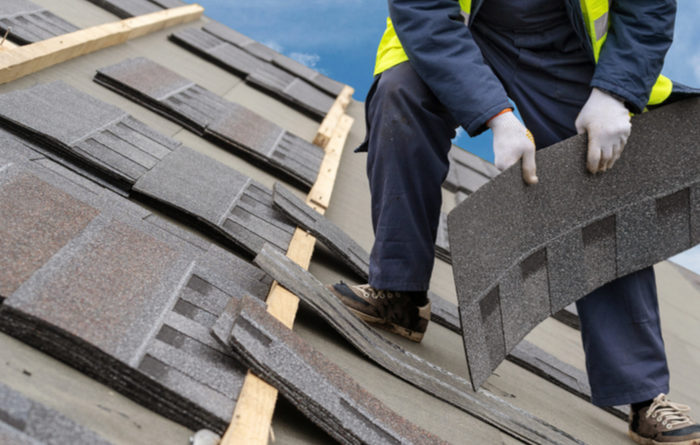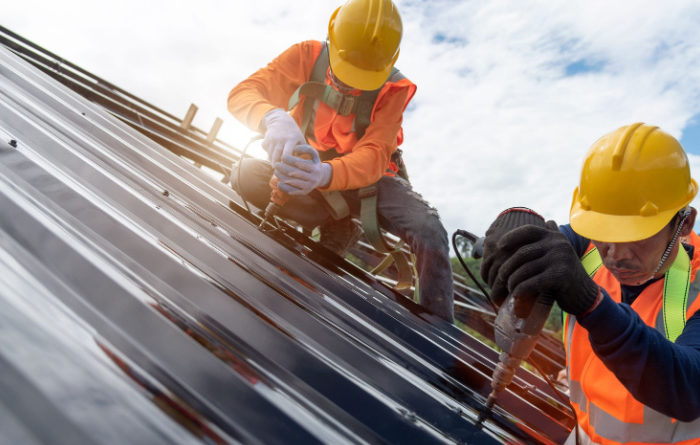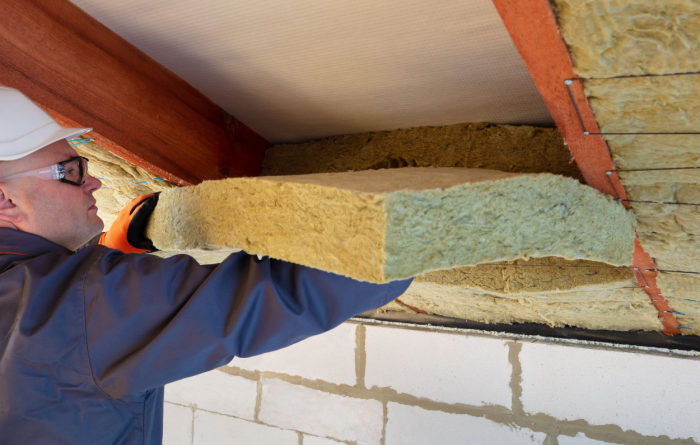Which Roof Is Likely To Be The Most Expensive?

The cost of a roof depends on things like the materials used, the complexity of the design, the size of the roof, and the location of the building. Generally, some roofing materials and designs tend to be more expensive than others.
What Makes A Roof More Expensive?
- Material choice – High-end roofing materials such as slate, clay tiles, cedar shakes, or metal roofing tend to be more expensive than more common materials like asphalt shingles. For example, a slate roof can be one of the most expensive options due to the cost of the material itself and the expertise required for installation.
- Roof complexity – Roofs with intricate designs, multiple angles, curves, or dormers can be more expensive to install because they require more labor and may need custom-made materials.
- Accessibility – If a roof is difficult to access due to its height, steepness, or location, it may require additional safety measures and equipment, which can increase the overall cost.
- Location and climate – Roofs in areas with extreme weather conditions, such as heavy snowfall or hurricanes, may require special roofing materials and installation techniques to withstand these conditions, which can drive up costs.
- Contractor expertise – Hiring an experienced and reputable roofing contractor may cost more than working with a less experienced or less reputable one, but it can ensure a higher-quality installation and reduce the risk of future problems.
- Roof size – Larger roofs naturally require more materials and labor, making them more expensive to replace or repair.
- Additional features – If you want to include features like skylights, solar panels, or roof gardens in your roofing project, these additions can significantly increase the cost.
A roof is likely to be the most expensive when it involves high-end materials, complex designs, difficult accessibility, extreme weather considerations, and additional features.





Leave a Comment